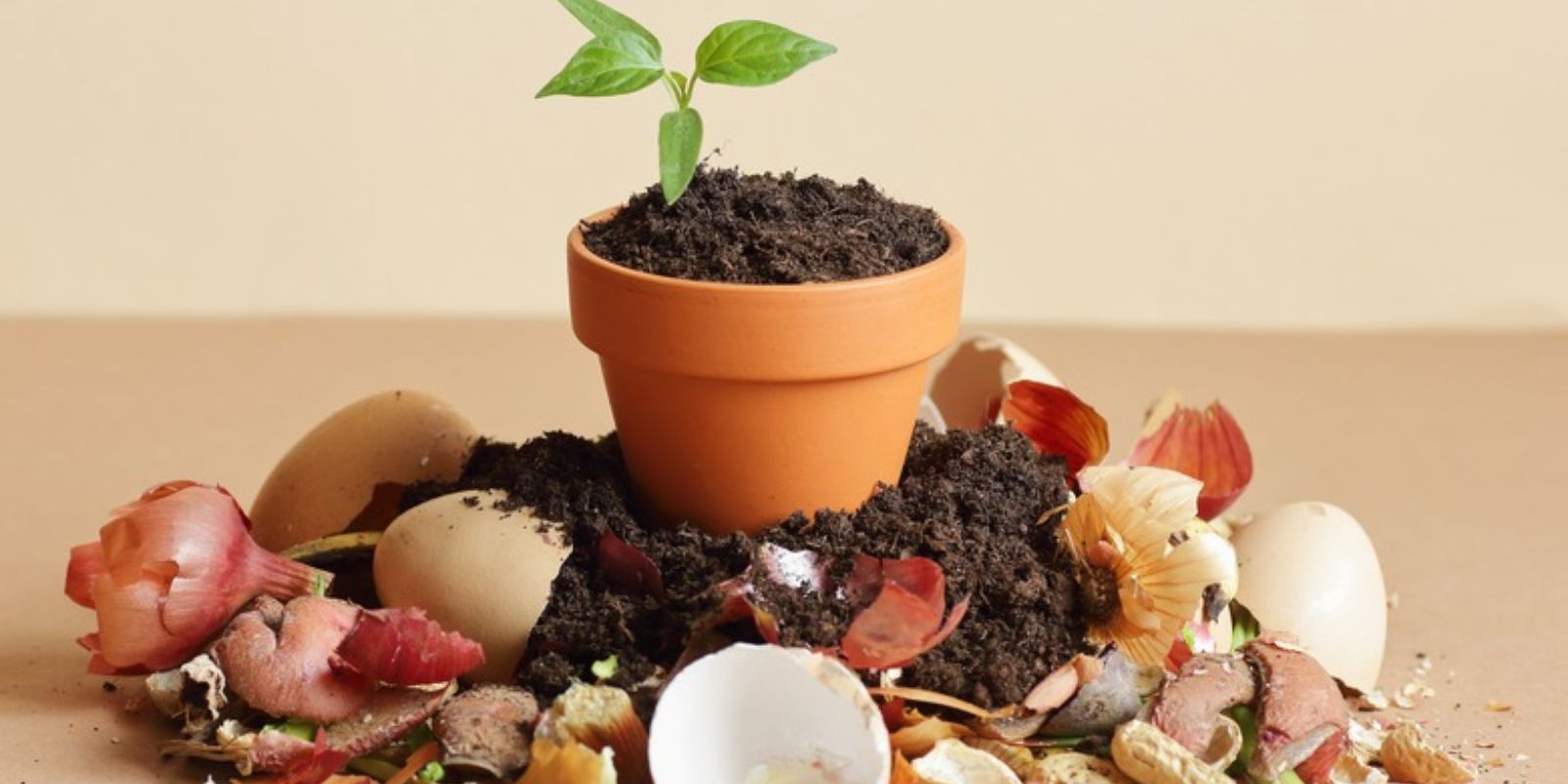Composting is more than just a method of recycling kitchen scraps and yard waste—it’s a fundamental practice in organic gardening that can revolutionize the health of your vegetable garden. By turning organic materials into nutrient-rich compost, you provide your garden with a natural fertilizer that enhances soil fertility, supports plant growth, and promotes sustainability. This guide will walk you through the essentials of using compost as a natural fertilizer for vegetables, from creating your own compost to applying it effectively.
The Benefits of Compost for Vegetables
1. Nutrient-Rich Fertilizer:
Compost is a natural source of essential nutrients that vegetables need for optimal growth. It provides a balanced mix of macronutrients (nitrogen, phosphorus, potassium) and micronutrients (calcium, magnesium, iron) that enhance soil fertility and plant health.
2. Improved Soil Structure:
Adding compost to your garden soil improves its texture, making it more friable and easier for roots to penetrate. This enhances water retention in sandy soils and drainage in clay soils, creating an ideal growing environment for vegetables.
3. Enhanced Microbial Activity:
Compost introduces beneficial microorganisms into the soil. These microbes break down organic matter, improve nutrient availability, and help suppress soil-borne diseases, leading to healthier plants.
4. Reduced Environmental Impact:
Using compost helps reduce the need for synthetic fertilizers, which can leach into waterways and cause environmental harm. By recycling organic waste, composting also minimizes landfill contributions and greenhouse gas emissions.
How to Create Compost
1. Gather Materials:
Start by collecting a mix of green and brown materials. Green materials include fruit and vegetable scraps, coffee grounds, and grass clippings, which provide nitrogen. Brown materials include dried leaves, straw, and cardboard, which add carbon.
2. Build Your Compost Pile:
Choose a compost bin or create a pile in your garden. Alternate layers of green and brown materials, aiming for a ratio of approximately 2:1 (brown to green). Ensure the pile is moist but not soggy.
3. Turn the Compost:
Aerate the compost by turning it with a pitchfork or shovel every few weeks. This helps mix the materials, speeds up decomposition, and prevents the pile from becoming compacted.
4. Monitor and Maintain:
Keep an eye on the compost pile’s temperature and moisture levels. The pile should feel warm in the center, indicating active decomposition. Add water if it becomes too dry, and adjust the balance of green and brown materials if needed.
5. Harvest the Compost:
Compost is ready to use when it has a dark, crumbly texture and an earthy smell. Sift out any large, undecomposed pieces and use the finished compost in your garden.
Applying Compost to Your Vegetable Garden
1. Prepare the Soil:
Before applying compost, prepare your garden soil by removing weeds and debris. Loosen the soil with a garden fork or tiller to improve its structure and allow for better compost integration.
2. Apply Compost:
Spread a layer of compost (about 1-2 inches thick) evenly over the soil surface. Use a rake or garden fork to incorporate it into the top 2-3 inches of soil. This ensures that the compost mixes well with the existing soil and improves its fertility.
3. Use Compost as Mulch:
Apply compost around your vegetable plants as a mulch. This helps retain soil moisture, suppress weeds, and gradually releases nutrients as it breaks down. Replenish the mulch layer as needed throughout the growing season.
4. Monitor Plant Growth:
Observe your vegetables for signs of improved growth and health. Well-fed plants will exhibit vibrant foliage, strong stems, and increased fruit or vegetable production.
5. Reapply Regularly:
To maintain soil fertility, continue to add compost to your garden each season. Incorporate it before planting new crops and top-dress established plants with additional compost as needed.
Composting Tips and Tricks
1. Avoid Meat and Dairy:
Do not add meat, dairy, or oily foods to your compost pile, as these materials can attract pests and create unpleasant odors.
2. Chop Up Large Materials:
Break down large pieces of organic matter into smaller chunks before adding them to the compost pile. This speeds up decomposition and ensures more even mixing.
3. Balance Green and Brown Materials:
Maintain a good balance of green and brown materials to achieve optimal composting conditions. Too much green material can lead to a smelly, slimy pile, while too much brown material can slow decomposition.
4. Use Compost Accelerators:
If your compost pile is slow to decompose, consider using compost accelerators or activators. These products contain additional microorganisms and enzymes that help speed up the composting process.
5. Compost in Containers:
For those with limited space, consider using composting containers or tumblers. These compact systems are designed for easy use and faster composting, making them ideal for urban gardeners.
Conclusion: Embrace Composting for a Thriving Garden
Using compost as a natural fertilizer is one of the most effective ways to enhance the health and productivity of your vegetable garden. By creating and applying compost, you enrich your soil with essential nutrients, improve soil structure, and support a thriving ecosystem. Embrace the practice of composting to enjoy the benefits of a lush, bountiful garden while contributing to a healthier planet. Start composting today and watch your vegetables grow stronger and more vibrant with the power of natural nourishment! 🌿

